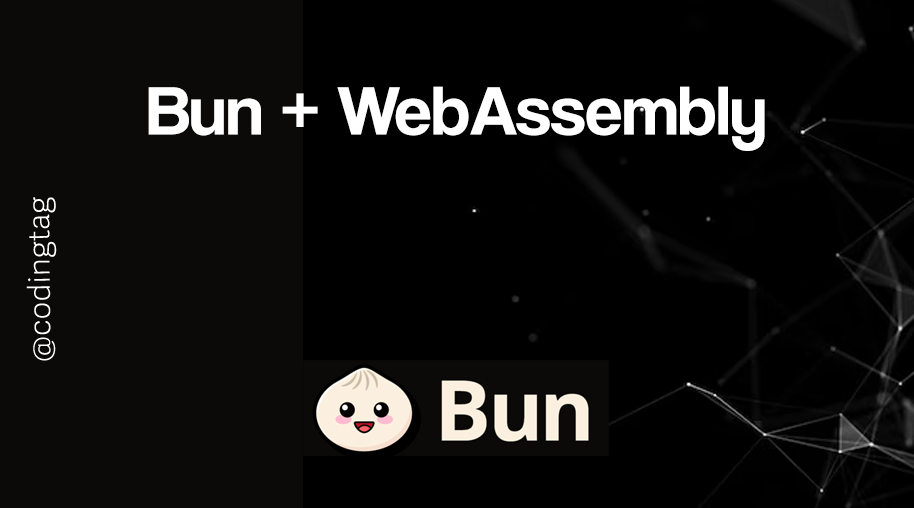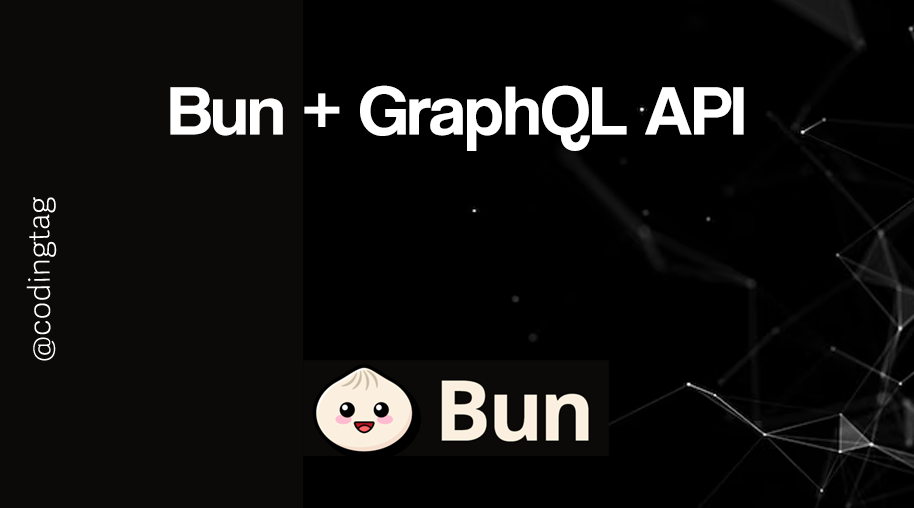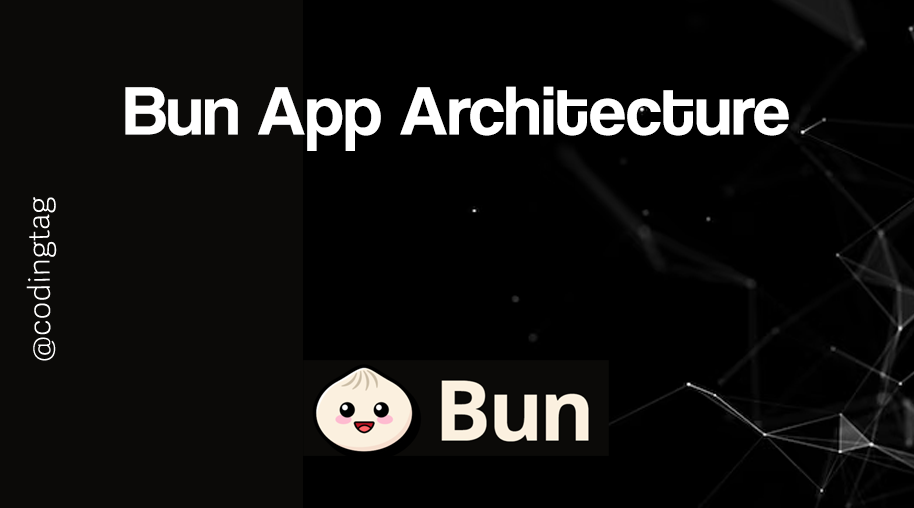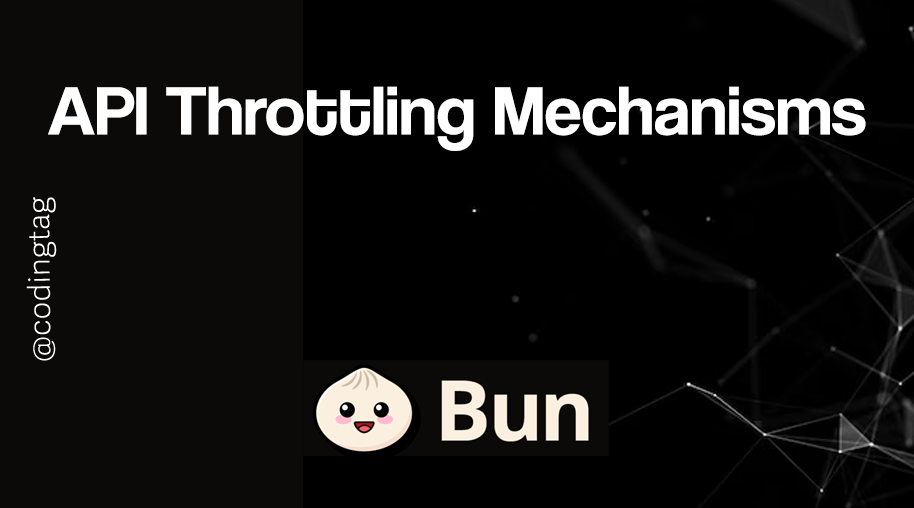Bun for Real-Time Apps
0 497
⚡ Bun for Real-Time Apps — Speed Meets Live Data
Real-time applications have become the cornerstone of modern interactive experiences — from chat apps and live dashboards to multiplayer games and stock tickers. These apps require blazing-fast performance, minimal latency, and reliable WebSocket or event-driven capabilities.
That’s where Bun shines. With its ultra-fast JavaScript runtime, Bun offers an ideal foundation for developing real-time apps that are smooth, responsive, and efficient.
Let’s dive into how Bun can empower your next real-time solution. 🚀
🚀 Why Bun is Perfect for Real-Time Development
Bun was built for speed. Whether it's startup time, HTTP server performance, or memory usage — it’s designed to outperform Node.js.
Here’s why Bun is a great fit for real-time apps:
- 📡 Native WebSocket support
- ⚙️ Event-driven architecture
- 🧪 Built-in test runner for fast feedback loops
- 📦 Integrated bundler and transpiler
All these features reduce the need for external dependencies, which means fewer bugs and better performance in production.
💬 Setting Up a WebSocket Server in Bun
WebSockets are essential for real-time communication. Bun has native support for them, making implementation super straightforward:
// server.ts
Bun.serve({
port: 8080,
fetch(req, server) {
if (server.upgrade(req)) return;
return new Response("Expected WebSocket", { status: 400 });
},
websocket: {
open(ws) {
console.log("🟢 Client connected");
},
message(ws, message) {
console.log("📨 Received:", message);
ws.send("Echo: " + message);
},
close(ws) {
console.log("🔴 Client disconnected");
}
}
});
This example sets up a fully functional echo server with minimal code.
Real-time messaging doesn't get easier than this. 🔁
📡 Real-Time Chat App Demo
Let’s make a super-simple in-memory chat app using Bun’s WebSocket server:
// chat.ts
const clients = new Set();
Bun.serve({
port: 3000,
fetch(req, server) {
if (server.upgrade(req)) return;
return new Response("Use WebSocket", { status: 426 });
},
websocket: {
open(ws) {
clients.add(ws);
ws.send("👋 Welcome to BunChat!");
},
message(ws, msg) {
for (const client of clients) {
if (client !== ws) client.send("💬 " + msg);
}
},
close(ws) {
clients.delete(ws);
}
}
});
Now you’ve got a live WebSocket-powered chat server — fast, lean, and scalable. 🔥
📊 Live Dashboard with Server-Sent Events (SSE)
While WebSockets are bidirectional, sometimes you only need to push updates to the client — like in live dashboards.
Bun supports this too using standard fetch responses:
// sse.ts
Bun.serve({
port: 4000,
fetch(req) {
const { readable, writable } = new TransformStream();
const writer = writable.getWriter();
const encoder = new TextEncoder();
const interval = setInterval(() => {
const data = `data: ${JSON.stringify({ time: new Date() })}\n\n`;
writer.write(encoder.encode(data));
}, 1000);
req.signal.addEventListener("abort", () => {
clearInterval(interval);
writer.close();
});
return new Response(readable, {
headers: {
"Content-Type": "text/event-stream",
"Cache-Control": "no-cache",
"Connection": "keep-alive"
}
});
}
});
This approach works great for one-way, real-time data feeds such as price tickers or IoT dashboards. 📈
🔐 Real-Time Auth with Bun
Most real-time apps require some form of authentication. You can use JWT tokens during the WebSocket upgrade request or validate cookies/headers before accepting a connection:
// check token in upgrade
fetch(req, server) {
const url = new URL(req.url);
const token = url.searchParams.get("token");
if (!isValidToken(token)) {
return new Response("Unauthorized", { status: 401 });
}
if (server.upgrade(req)) return;
return new Response("Upgrade Required", { status: 426 });
}
This simple check prevents unauthorized access and keeps your real-time channels secure. 🔐
🧪 Testing Real-Time Functions in Bun
Use Bun’s built-in testing to mock and verify event-driven logic:
// test/ws.test.ts
import { expect, test } from "bun:test";
test("server handles message", () => {
const mockMessage = "Hello";
const response = handleMessage(mockMessage);
expect(response).toBe("Echo: Hello");
});
Real-time doesn't mean untested — keep your core game logic, event routing, or chat handling bulletproof. 🛡️
🧠 Real Use Cases for Bun in Real-Time
- 💬 Instant chat applications
- 📊 Live analytics dashboards
- 🎮 Multiplayer game backends
- 📦 Real-time order tracking systems
- 🛎️ IoT data pipelines
🔮 Final Words
Real-time development doesn’t have to be slow or heavy. With Bun, you get ultra-fast performance out of the box, fewer dependencies, and native support for WebSockets, SSE, and event-driven architecture.
Whether you're building the next social app or a high-frequency trading dashboard, Bun is more than ready to handle the real-time heat. ⚡🔥
If you’re passionate about building a successful blogging website, check out this helpful guide at Coding Tag – How to Start a Successful Blog. It offers practical steps and expert tips to kickstart your blogging journey!
For dedicated UPSC exam preparation, we highly recommend visiting www.iasmania.com. It offers well-structured resources, current affairs, and subject-wise notes tailored specifically for aspirants. Start your journey today!

Share:







Comments
Waiting for your comments